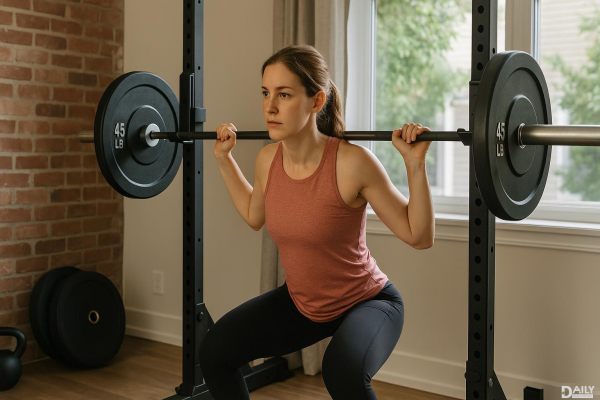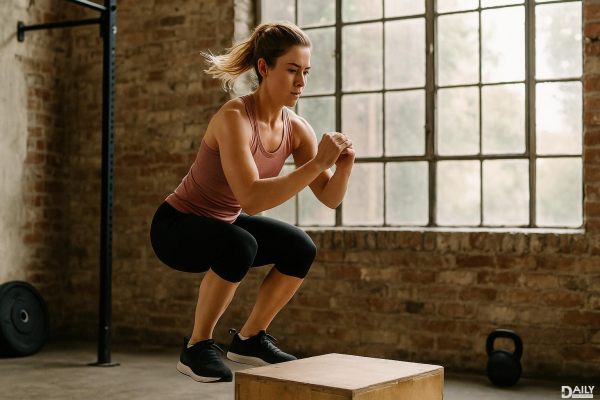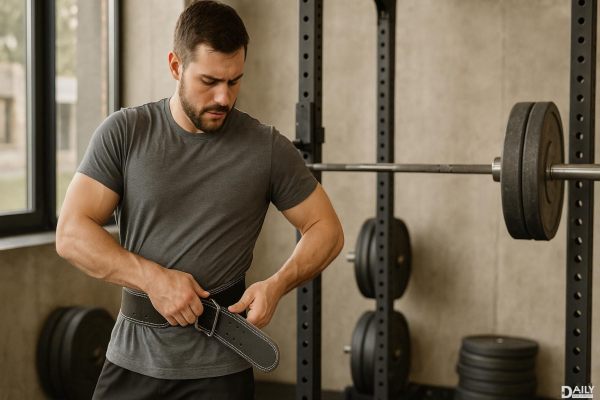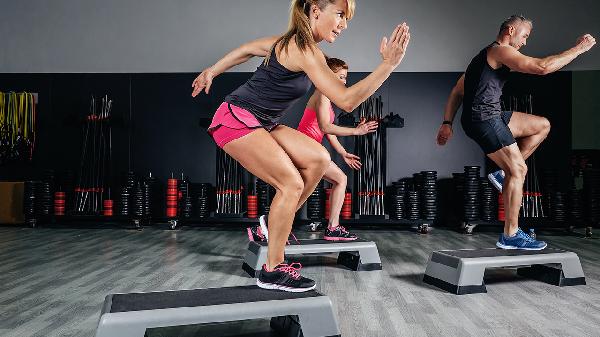Picking the right jump rope size isn't just about grabbing whatever's on sale at the sporting goods store—it's about matching the tool to your body and your workout style. Get this wrong, and you'll either be tripping over excess rope or struggling to clear a too-short cable. The sweet spot? A rope that allows smooth rotation while keeping your form tight. Whether you're into double-unders, speed jumping, or just trying to sneak cardio into your busy schedule, sizing matters way more than you might think.
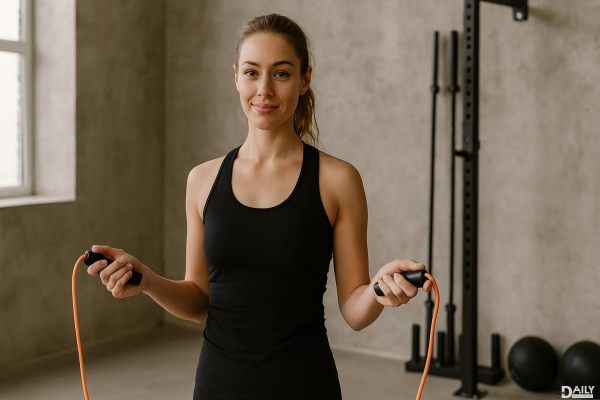
Stand on the center of the rope with one foot and pull the handles upward—they should reach somewhere between your armpits and shoulders for general fitness. But here's where it gets interesting: Boxers and speed jumpers often prefer shorter ropes (nipple height) for faster rotations, while freestyle or beginner jumpers might opt for slightly longer (shoulder height) to minimize trip-ups. Your wingspan-to-height ratio plays a role too—if you've got longer arms relative to your height, you might need to size down compared to the standard recommendations.
That beat-up old rope in your garage might be perfect for outdoor asphalt but could snap instantly on concrete. PVC ropes dominate indoor workouts with their smooth swing and durability, while weighted ropes (hello, CrossFit enthusiasts) often use steel cables with protective coatings for outdoor abuse. Pro tip: If you're jumping on rough surfaces, add an extra 2-3 inches to your ideal length—the constant abrasion will gradually shorten your rope over time anyway.
Beginners should avoid the temptation of fancy weighted ropes—they're like trying to learn guitar on a twelve-string. Start with a basic lightweight PVC rope at the longer end of your size range to master timing. As you progress to tricks like criss-crosses or double-unders, you'll naturally gravitate toward shorter ropes (sometimes 6-12 inches shorter than your beginner rope) for that snappier response. Competitive speed jumpers take this to extremes, using ropes that barely clear their heads for maximum RPM potential.
Those sleek aluminum handles might look cool, but if they're too heavy for your wrist strength, you'll fatigue faster than a tourist in a spin class. Handle length affects effective rope size too—longer handles effectively shorten your rope's working length since more of the total length is in your grip. For weighted workouts, look for knurled grips that won't slip when your palms get sweaty. Meanwhile, freestyle jumpers often prefer shorter handles with ball bearings for buttery smooth rotations during complex tricks.
Beaded ropes aren't just for nostalgic playground vibes—their segmented design helps auditory learners sync with the rhythm. Adjustable ropes solve the "multiple users" problem but often sacrifice performance with clunky mechanisms. For tall athletes (6'3" and up), seek out brands offering extra-long cables—standard ropes max out around 9'6", leaving giants constantly hunched over. And if you're rehabbing an injury? That lightweight rope with extra length becomes your best friend for low-impact movement.
At the end of the day, your perfect jump rope should feel like an extension of your body—not too clingy, not too distant. It's worth investing time (and maybe a few extra bucks) to get this relationship right, because nothing kills a cardio session faster than fighting your equipment. Test different lengths at your local gym or borrow friends' ropes before committing. Remember: Your ideal size might evolve as your skills grow, so don't be afraid to reassess every few months as your jump rope game levels up.

